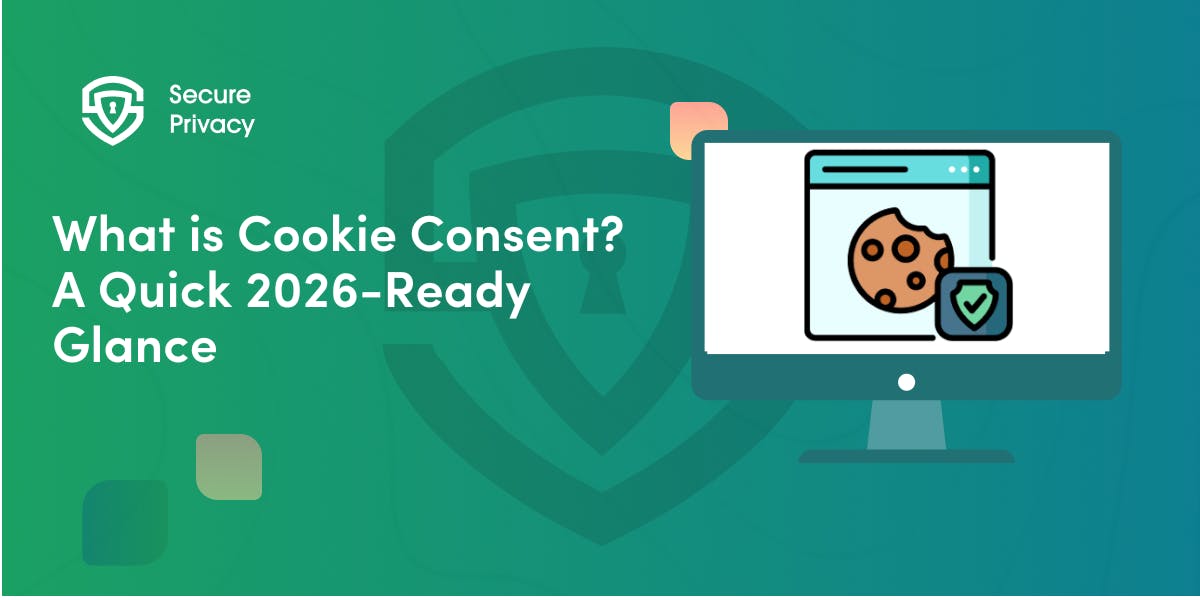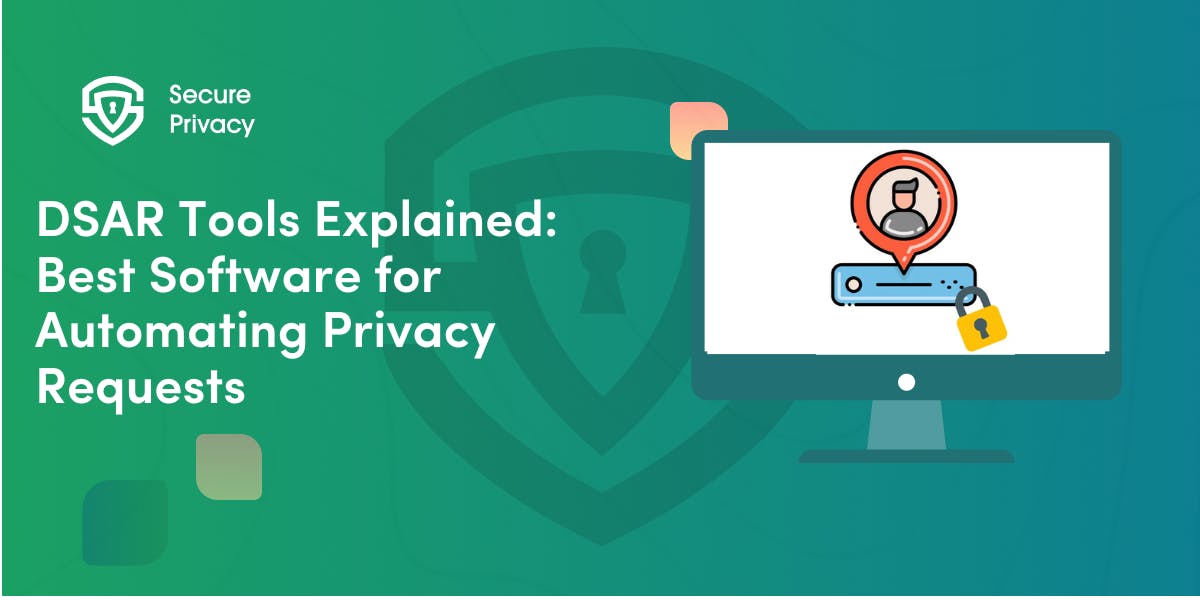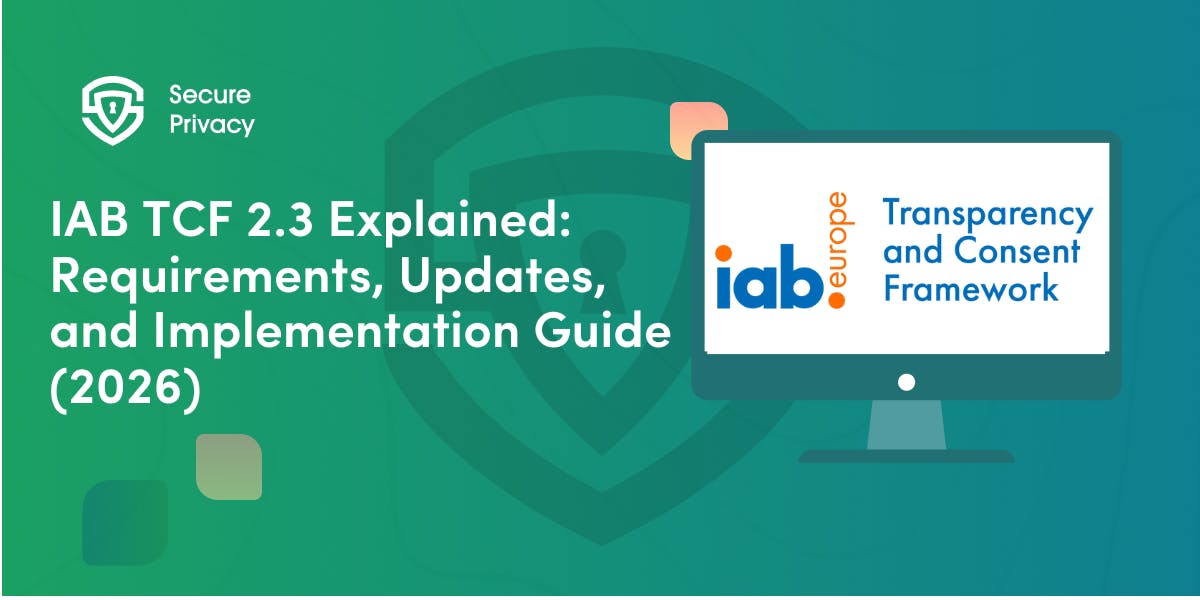Putting Users in Control: Why Your Business Needs a Consent and Preference Management Center to Optimize User Experience
Explore how consent and preference management shape user control over personal data, essential for compliance with data privacy regulations like GDPR and CCPA. Learn why businesses must prioritize transparency, user consent, and preference customization.
People are right to be worried about how their personal data is being used and shared in a world where it is becoming more and more valuable as a commodity. Our data can be used in a huge number of different ways, from tailored ads to algorithmic decision-making. In this situation, consent becomes an important safety measure because it gives people control over how their personal information is used.
It's not enough just to consent, though. Preferences also have a significant impact on shaping the digital experiences of users. When it comes to personalizing our users' online experience, preferences are key. Preferences allow them to customize the content they see and control how often they receive communications. With preferences, your users have the power to make their online interactions perfectly suited to their individual needs and desires.
In this blog post, we'll explore why consent and preference management have become indispensable components of data governance.
What is consent management?
Consent management is the systematic approach to obtaining, recording, and managing consent from individuals for the processing of their personal data. In essence, it's about respecting individuals' privacy rights and ensuring that their personal information is only used in ways they have agreed to.
In the context of data privacy regulations like the General Data Protection Regulation (GDPR) in the European Union and the California Consumer Privacy Act (CCPA) in the United States, consent management is crucial. These regulations require organizations to obtain explicit consent from individuals before collecting, storing, or using their personal data for specified purposes.
What is preference management?
Preference management refers to the process of collecting, organizing, and utilizing information about individuals' preferences, interests, and choices. This information can relate to various aspects of their interactions with products, services, content, or experiences. Preference management systems are commonly used in marketing, customer relationship management (CRM), and personalization efforts to tailor offerings to individual preferences, thus enhancing customer satisfaction and engagement.
In a business context, preference management involves capturing and storing data on customers' preferences regarding product features, communication channels, pricing, delivery options, and more. This information can be gathered through various means, including surveys, feedback forms, purchase histories, website interactions, and social media engagements.
Effective preference management systems not only collect preferences but also analyze and interpret them to derive actionable insights. These insights can inform decision-making processes such as product development, marketing strategies, and customer service enhancements. Additionally, preference management enables companies to deliver personalized experiences by dynamically adjusting their offerings based on individual preferences in real-time.
Privacy considerations are crucial in preference management, as it involves handling personal data. Therefore, organizations must ensure compliance with relevant data protection regulations and implement robust security measures to safeguard customers' preferences and maintain their trust.
Consent centers vs. preference centers
While the terms "consent management center" and "preference management center" sound similar, they address distinct aspects of user control over their data.
Consent centers are focused on obtaining a user's explicit permission for specific actions related to their data. Imagine it as a dedicated space where users grant or withhold consent for things like receiving marketing emails, sharing data with third parties, or using their data for personalized advertising. It's about getting that clear "go-ahead" for specific activities. Consent management centers are often driven by legal requirements, especially in regions with strict data privacy regulations like GDPR or CCPA.
Preference centers empower users to control how companies communicate with them and personalize their experience. Think of it as a hub where users can fine-tune their preferences within the boundaries of their consent. For example, a user might have consented to receiving emails but can choose the frequency (daily, weekly), the type of content (promotions vs. product updates), or even the communication channel (email vs. SMS) through a preference management center.
Ideally, a user grants informed consent through the consent management center and then fine-tunes their experience through the preference center. This combination empowers users and fosters trust with the company. In some cases, a single platform might handle both functionalities, offering a one-stop shop for users to manage their consent and preferences. But the core distinction between the two functionalities remains important.
How do consent and preference management give users more control over their data?
Consent and preference management are crucial aspects of data privacy that empower users with greater control over their personal information. By requiring explicit consent before collecting and processing data, organizations ensure that users are aware of and agree to how their information will be used. This transparency builds trust and fosters a more ethical relationship between users and data collectors.
Consent management clarifies what data is being collected and for what purpose. Users can choose to grant or withhold permission for specific actions, like targeted advertising or sharing data with third parties. This transparency fosters trust and allows users to make informed decisions about their data privacy.
Preference management goes beyond a simple yes or no. Users can define how they want companies to interact with them, like receiving newsletters. This could involve choosing the frequency of emails, the type of content they receive (promotions vs. product updates), or even the communication channel (email vs. SMS). This level of granularity ensures users aren't bombarded with unwanted information and allows them to personalize their experience.
Consent and preference management aren't one-time decisions. Users have the right to change their minds. They can revoke consent they previously granted or adjust their preferences as their needs or comfort levels evolve. This ongoing control empowers users to maintain a level of privacy that works for them.
By giving users control over their data, companies demonstrate respect for privacy. This builds trust and fosters a positive user experience. Users who feel their data is valued and protected are more likely to engage with a company and share more information when it benefits them.
Is my business affected by consent management and preference management?
There's a high chance your business is affected by consent management and preference management, regardless of your industry.
A growing number of regulations worldwide mandate how companies collect, use, and store user data. The EU's General Data Protection Regulation (GDPR) and California Consumer Privacy Act (CCPA) are prominent examples. These regulations often require consent management practices to ensure users have a say in how their data is handled. Failure to comply can result in hefty fines.
Even in the absence of strict regulations, consumers are increasingly privacy-conscious. By implementing consent and preference management, you demonstrate respect for user privacy, which builds trust and strengthens your brand reputation. People are more likely to do business with companies they perceive as trustworthy.
Preference management isn't just about respecting privacy; it's also a powerful marketing tool. By understanding user preferences, you can tailor your communication and offerings to their interests. This can lead to higher engagement,increased sales, and improved customer satisfaction. Imagine sending targeted promotions instead of generic blasts – that's the power of preference management.
As data privacy regulations evolve, having a solid consent and preference management framework in place positions your business for the future. It demonstrates your commitment to user privacy and ensures you're prepared to adapt to changing legal landscapes.
What are the key legal requirements for consent and preference management?
The exact legal requirements for consent and preference management can vary depending on your location and the type of data you collect. However, some key principles are becoming increasingly common around the world:
- Transparency: You need to be clear and upfront with users about what data you're collecting, why you need it, and how you'll use it. This transparency is crucial for obtaining informed consent from users.
- Clear and Unambiguous Consent: Consent should be freely given, specific, and informed. Jargon-filled legalese won't cut it. Make sure your granular consent requests are easy to understand and allow users to choose "yes" or "no" easily.
- Right to Withdraw Consent: Just as important as getting consent is allowing users to withdraw it at any time.They should have a simple way to opt-out of data collection or change their communication preferences.
- Record Keeping: Be prepared to demonstrate that you have obtained valid consent from users. This might involve keeping records of when and how consent was given.
Are there specific privacy laws or regulations you need to comply with?
Regulations like the General Data Protection Regulation (GDPR) in the European Union (EU) and the California Consumer Privacy Act (CCPA) in the US are some of the most prominent examples, but there are many others around the world. Depending on where you operate and where your users are located, you'll need to comply with the relevant laws.
The type of data you collect from users can also determine the regulations that apply. If you handle sensitive data like financial information or health records, you'll likely face stricter regulations compared to collecting just email addresses or browsing history.
Who enforces consent and preference management?
There isn't a single global authority enforcing consent and preference management. The approach varies depending on the specific regulation and location.
Many countries, especially those with comprehensive data privacy laws like the GDPR, have established Data Protection Authorities (DPAs). These are independent bodies responsible for overseeing compliance with data privacy regulations. They can investigate complaints, conduct audits of businesses, and issue fines for non-compliance with consent and preference management practices.
In some cases, consumer protection agencies might also play a role in enforcing consent and preference management. These agencies typically focus on protecting consumers from unfair or deceptive practices, which can include violations of user privacy rights.
Don't forget the power of individual users. People have the right to take legal action against companies that violate their privacy rights. This can be a significant deterrent for businesses, as lawsuits can be costly and damage public reputation.
Beyond legal repercussions, there's a growing trend of consumers choosing to do business with companies that prioritize data privacy. Negative publicity surrounding privacy violations can have a significant impact on a company's brand image and bottom line. This market pressure incentivizes businesses to implement robust consent and preference management practices.
Get Started For Free with the
#1 Cookie Consent Platform.
No credit card required

What is Cookie Consent? A Quick 2026-Ready Glance
Your website loads. Cookies track users. But without proper cookie consent, you're violating GDPR — risking fines up to €20 million or 4% of global revenue. Cookie consent is the legally required mechanism by which websites obtain explicit user approval before deploying non-essential tracking technologies. This requirement stems from GDPR Article 4(11) and the ePrivacy Directive, mandating that consent must be freely given, specific, informed, and unambiguous.
- Legal & News

DSAR Tools Explained: Best Software for Automating Privacy Requests
You're drowning in data subject access requests. Manual searches through dozens of systems miss regulatory deadlines and expose organizations to fines starting at $2,500 per violation. The solution? DSAR tools — purpose-built software that automates the entire process of responding to data subject access requests, from intake to delivery.
- Legal & News

IAB TCF 2.3 Explained: Requirements, Updates, and Implementation Guide (2026)
Your ad revenue dropped 40% overnight. Google stopped bidding on your inventory. Your DSP partners flagged your traffic as non-compliant. The culprit? An outdated TCF 2.2 consent string after the February 2026 enforcement deadline.
- Legal & News
- Cookie Consent

